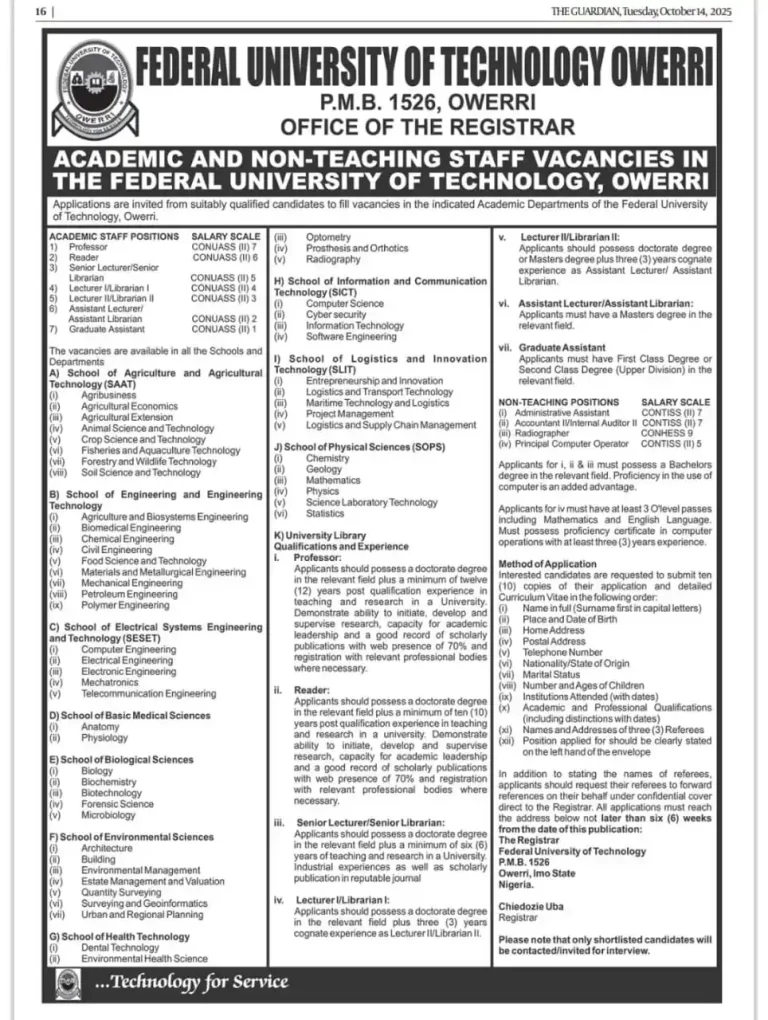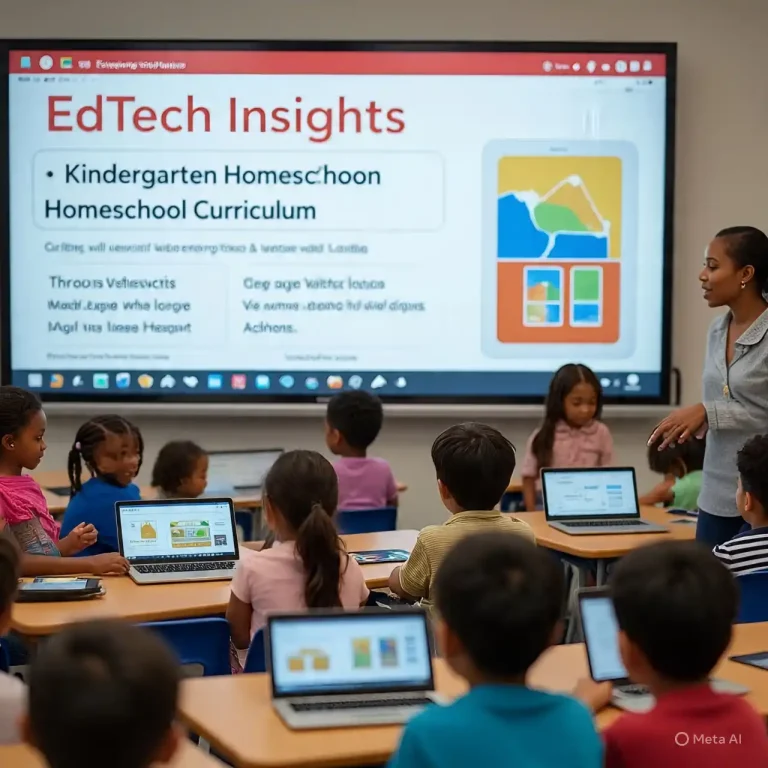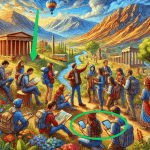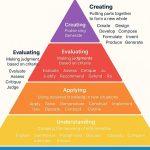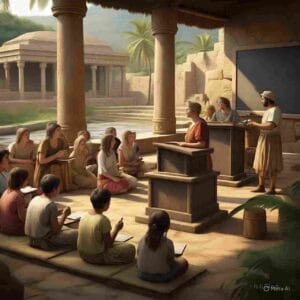
Colonial Education in Nigeria (1842–1960): Building the Foundations of Formal Schooling
The period between 1842 and 1960 marked a pivotal era in Nigeria’s educational journey, fundamentally reshaping its intellectual and social landscape. During this time, formal Western-style education took root through the pioneering efforts of Christian missionary activities, which were later systematically regulated and shaped by the British colonial government. This phase of history established the foundation for Nigeria’s formal education system—though not without significant challenges, local resistance, and long-term implications that persist to this day.
In this part, we’ll explore the introduction of Western education, the crucial role of missionaries, the influence of evolving colonial policies, and how these new systems interacted with the sophisticated indigenous and Islamic educational frameworks already present in the territories that would become Nigeria.
1. The Arrival of Missionary Education (1842–1882)
The formal introduction of Western education in Nigeria is traced back to 1842, with the arrival of Christian missionaries in the coastal areas of what is now southern Nigeria. Their primary goal was evangelization, with education serving as the principal instrument for conversion—a strategy often termed the “Bible and the Plough.”
Key Missions Involved:
- The Wesleyan Methodist Missionary Society: They were the first to arrive in Badagry in 1842.
- The Church Missionary Society (CMS): A British Anglican mission, the CMS followed closely, arriving in 1842 and becoming highly influential, particularly in Yorubaland.
- The Presbyterian Church of Scotland Mission: Led by Rev. Hope Masterton Waddell, they established a strong presence in Calabar in 1846.
- The Roman Catholic Mission (RCM): Arriving later, they intensified their activities from the 1860s, creating a competitive educational landscape with the Protestant missions.
Missionaries saw education as a tool for evangelization. Schools were often attached to churches, and Bible study was central to the curriculum. The aim was to create a literate local population capable of reading the scriptures, serving as catechists, and filling junior roles within the church and colonial administration.
First Schools:
- 1843: The first formal mission school, named the “Nursery of the Infant Church,” was established in Badagry by Rev. Thomas Birch Freeman and Mr. William de Graft of the Methodist mission.
- 1845: Another key school was opened in Abeokuta by the CMS, a town that became a major hub for missionary work, partly due to the influence of returned Yoruba ex-slaves from Sierra Leone, like the notable Bishop Samuel Ajayi Crowther.
Curriculum Focus:
- Basic literacy (the “3 Rs”: Reading, Writing)
- Arithmetic
- Bible knowledge and scripture memorization
- Vocational skills (often gender-specific, like carpentry and masonry for boys, and domestic science and sewing for girls)
- Moral instruction based on Christian ethics.
Language of Instruction:
- Early on, missionaries ingeniously taught in both English and local languages, especially Yoruba. The CMS, for instance, pioneered the development of a Yoruba orthography, with Bishop Crowther publishing the first Yoruba grammar in 1843 and later translating the Bible. Over time, as colonial power solidified, English became the dominant medium, prized as the language of commerce, government, and upward mobility.
Anchored Source: National Open University of Nigeria – History of Education in Nigeria
2. The Colonial Government Steps In (1882–1925)
The 1882 Education Ordinance
As missionary efforts grew and became uncoordinated, the British colonial government decided to intervene to create a regulated structure for education. The 1882 Education Ordinance was the first piece of legislation for education in the territory. It was introduced to bring uniformity and government funding to schools, applying to the British colonies of Lagos and the Gold Coast (modern-day Ghana).
Key Provisions:
- It established a General Board of Education and Local Boards to advise the governor.
- Schools were divided into “Government” schools (fully funded by the state) and “Assisted” schools (mission schools that met certain criteria).
- Missionary schools that met criteria such as minimum attendance and student performance in government-led inspections could receive grants-in-aid.
- The government retained control over teacher qualifications and curriculum standards through an Inspector of Schools.
Problems:
- The ordinance was designed for British West African colonies generally, not specifically for Nigeria’s diverse needs.
- It exclusively favored Christian missions, completely leaving out the well-established Islamic and indigenous forms of education.
- Funding was extremely limited and only available in areas under direct British control (mainly the Lagos Colony and its immediate environs). Its failure led to the 1887 Education Ordinance, which was specific to the Colony of Lagos after its administrative separation from the Gold Coast.
Anchored Source: Educational Ordinances in Colonial Africa – UNESCO
3. Growth and Inequality in Education (1900–1925)
During this time, Southern Nigeria (especially the coastal hubs of Lagos, Abeokuta, Onitsha, and Calabar) saw increased educational development compared to the vast Northern region. This created a developmental gap that would have lasting consequences.
Why the Gap?
- Missionary penetration was severely limited in the North due to strong resistance from the Islamic Emirs and a largely Muslim population.
- The British, under Lord Lugard, adopted an “indirect rule” policy, which respected the authority of Emirs and their existing Qur’anic schools to maintain political stability for economic exploitation.
- The colonial government, particularly after the 1904 Proclamation by Lugard, actively discouraged Christian missionary work in the Muslim emirates, fearing that Western education and evangelism would undermine the authority of Northern rulers and disrupt the Islamic culture.
Education in the North:
- Focused primarily on Qur’anic education, taught in Arabic, which centered on Islamic theology, law, and literature.
- Western-style schools were discouraged. The few that were established by the government were often tailored for the sons of chiefs and nobles, intended to produce a local administrative class loyal to the colonial state.
Milestone:
- 1909: The first major government primary school in the North was opened in Kano by Hanns Vischer, a former missionary who became the Director of Education for the Northern Protectorate. This school was tailored to respect local culture, incorporating some Islamic religious instruction alongside Western subjects.
4. The Phelps-Stokes Commission (1920–1925)
By the 1920s, concerns were growing globally about the poor quality, lack of relevance, and fragmentation of education in British West Africa, including Nigeria.
The Commission’s Work:
- The Phelps-Stokes Commission, a comprehensive survey funded by a U.S.-based philanthropic foundation, was tasked with assessing education across Africa. It visited Nigeria in 1920–1921.
Key Findings:
- Schools were too religious and bookish (“literary”), detached from the students’ environment.
- There was very little practical or vocational training relevant to African life.
- Curricula did not match African economic and social realities.
Recommendations:
- Introduce practical vocational and agricultural training (“adapted education”).
- Develop curricula based on local community needs (agriculture, local crafts, hygiene).
- Expand and improve teacher training facilities.
- Foster cooperation between missions and the government.
The commission’s report was highly influential, leading directly to the 1925 Memorandum on Education Policy in British Tropical Africa. This British government white paper formally adopted the principle of adapted education and solidified the government’s role in directing educational policy, curriculum, inspections, and funding across its African colonies.
Anchored Source: World Bank Archive – Phelps-Stokes Reports
5. Establishing Government Control (1926–1944)
The interwar period marked an era of increased and more structured government involvement in education, directly implementing the recommendations of the Phelps-Stokes Commission.
1926 Education Code:
- This comprehensive code was enacted for the Southern Provinces (with a parallel ordinance for the North), replacing previous legislation.
- It formalized the inspection of all schools and required the registration of all teachers.
- It strengthened the grant-in-aid system, giving the Director of Education the power to close schools that were deemed inefficient.
- Teacher training schools (colleges) were expanded to improve quality.
- Secondary education began to gain more attention as a pathway to higher training.
Notable Institutions:
- King’s College, Lagos (est. 1909): A premier government-funded secondary school for boys, modeled after British public schools.
- Queen’s College, Lagos (est. 1927): The first government-owned secondary school for girls, established to provide comparable education for females.
- Yaba Higher College (est. 1932, opened 1934): The first institution of higher education in Nigeria. It was designed to provide sub-degree level diplomas in fields like medicine, engineering, and teaching, but was criticized by nationalists for offering an education deemed inferior to that of British universities.
This period laid the groundwork for a dual system that defined Nigerian education for decades: a large network of missionary-led schools operating under a framework of government regulation, inspection, and partial funding.
6. Rise of Nigerian Nationalism and Educational Expansion (1944–1960)
As the push for independence gained unstoppable momentum after World War II, educated Nigerians began advocating for more inclusive, accessible, and nationalistic education. Education became a key battleground for political power and national development.
The 1944 Ten-Year Education Plan:
This plan, heavily influenced by the 1945 Asquith and Elliot Commission reports on higher education, aimed to:
- Accelerate the expansion of primary education.
- Improve teacher training and conditions of service.
- Decentralize control to the newly emerging regional governments (North, East, West), a move solidified by the Macpherson Constitution of 1951.
Regional Education Systems:
The regional governments, led by nationalist politicians, competed to expand educational access.
- Western Region: Led by Chief Obafemi Awolowo, it launched an ambitious Universal Primary Education (UPE) scheme in January 1955.
- Eastern Region: Led by Dr. Nnamdi Azikiwe, it followed suit with its own UPE scheme in February 1957, though it quickly ran into financial difficulties.
- Northern Region: Led by Sir Ahmadu Bello, it progressed more cautiously due to cultural factors and a different developmental starting point, but still pursued significant expansion.
University Education:
- University College, Ibadan, was established in 1948 following the recommendation of the Elliot Commission. It was the first higher education institution in Nigeria, starting as a college affiliated with the University of London and awarding its degrees until it became fully autonomous in 1962.
Anchored Source: Nigerian Universities Commission – History of Higher Education
7. Challenges of Colonial Education
Despite its achievements in creating a literate class, colonial education in Nigeria had several profound downsides:
- Eurocentric curriculum: It heavily emphasized British history, geography, and literature, often ignoring or devaluing African history, languages, belief systems, and traditions.
- Elite-focused: Education was largely an urban phenomenon, creating a small, privileged class of clerks, interpreters, and administrators, while the rural majority remained largely untouched.
- Unequal access: Southern Nigeria, due to its earlier contact with missionaries and greater colonial investment, had far more schools and better infrastructure than the North, creating a significant educational imbalance.
- Limited vocational relevance: The academic, book-centered curriculum often fostered a disdain for manual labor and agriculture, producing job seekers for “white-collar” roles rather than innovators for the local economy.
8. Legacy of Colonial Education
Colonial-era policies and structures continue to influence Nigeria’s educational system today:
- Centralized administration and examination systems: The model of a Ministry of Education, school inspections, and standardized public examinations (like the West African Examinations Council, WAEC) are direct legacies.
- English as the language of instruction: English remains the official language of government and education, often creating a barrier for students from non-elite backgrounds.
- Curriculum rooted in British models: The structure of primary, secondary, and tertiary education still mirrors the British system.
- Persistent North-South disparity: The educational gap created during the colonial era remains a major socio-political challenge in modern Nigeria.
However, the era also birthed a generation of Nigerian intellectuals, nationalists, and leaders—including Wole Soyinka, Chinua Achebe, Flora Nwapa, and the founding fathers of the nation—who used their Western education to critique colonialism, forge a national identity, and play crucial roles in the independence movement and post-colonial nation-building.
Conclusion
From the arrival of missionaries in 1842 to the eve of independence in 1960, colonial education in Nigeria was a complex journey of disruption, adaptation, and transformation. While it undeniably opened doors to Western knowledge, modern professions, and global interaction, it also sowed deep seeds of regional inequality, cultural erosion, and structural dependency. This dual legacy created the foundation upon which post-independence Nigeria would have to build its future.
As we move into the next part, we’ll explore the Post-Independence Era and the Evolution of the National Policy on Education (NPE)—an ambitious effort to unify, decolonize, and indigenize the education system while grappling with the enduring legacies of colonialism.

